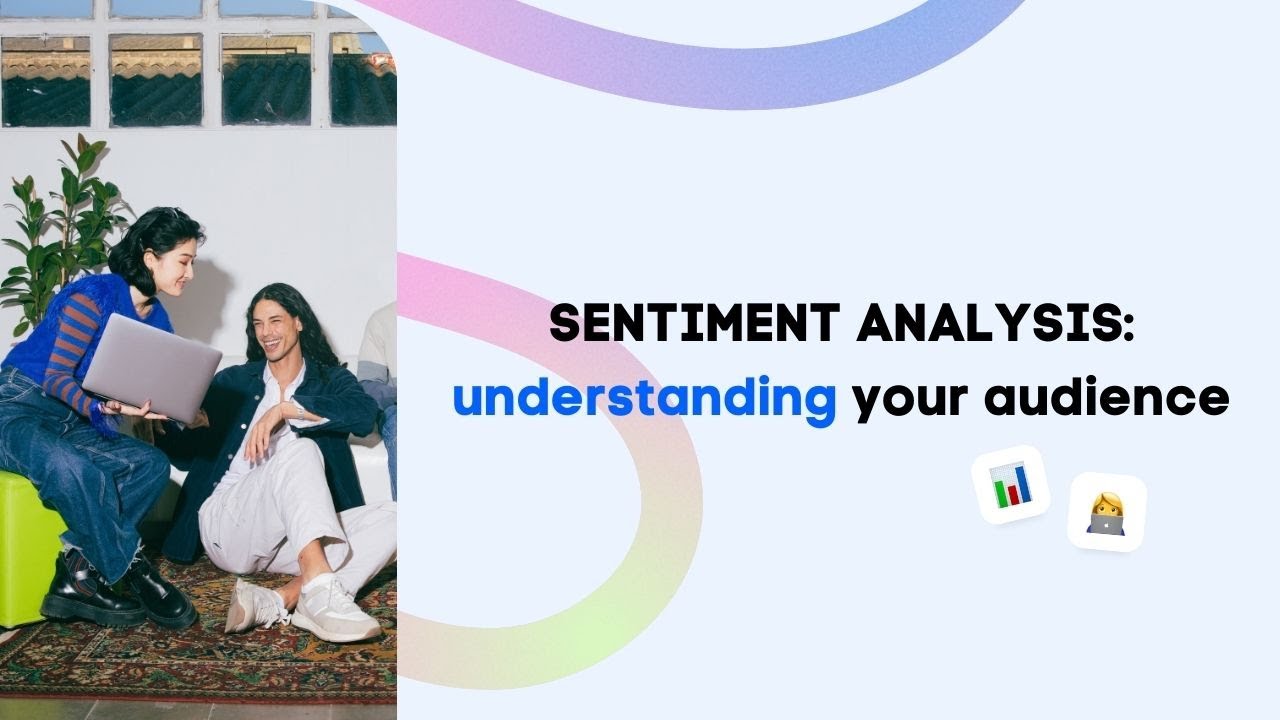Are you a social media manager juggling multiple campaigns and wondering how the public truly feels about your efforts? Or maybe you’re a business owner who wants to deepen your connection with your customers but finds it difficult to track how they really feel? In either case, you know that the secret to success lies in understanding your audience. How they feel about your brands, what content resonates with them, and whether your strategies are helping maintain their trust and engagement? Just like any great relationship, keeping track of feelings is crucial.
What is Sentiment Analysis and Why It Matters
That’s where sentiment analysis comes in. Sentiment analysis helps brands keep their finger on the pulse of public opinion by automatically categorizing social media interactions into positive, negative, neutral, or mixed sentiments. Instead of guessing how your audience feels, this tool gives you clear insights to guide your decisions. Within the social sentiment analysis is integrated right into your social inbox. Each message you receive is tagged with a sentiment icon, whether positive, negative, or neutral. It’s like having a real-time emotional snapshot of every conversation.
How Sentiment Analysis Works in Practice
Not only that, but it also gives you some insights as to why that message was associated with a specific emotion. Let’s say you’re running a product campaign or overseeing a product launch. Sentiment analysis can instantly flag the emotions behind customer feedback, whether they are excited, disappointed, or neutral. If you notice a surge of negative feedback about your campaign, you can quickly pivot to address concerns. Or if positive sentiment is climbing, you can leverage that momentum to drive further engagements. By tracking these sentiments, you can adjust your engagement strategies, making sure you’re always in tune with your audience.
Using Sentiment Reporting for Strategic Insights
Sentiment reporting then comes into play by giving you a detailed breakdown of how your audience feels over time. You can track trends, see if sentiment is improving or declining, and pinpoint specific conversations that cause shifts in your audience or customer’s opinions.
Take Your Brand Strategy Further
Now that you understand how sentiment analysis can help you manage your brand’s reputation and improve your social media strategy, why not take it a step further? Watch our next video to learn how to elevate your brand’s online presence with AI tools and build stronger connections with your audience. See you there.
